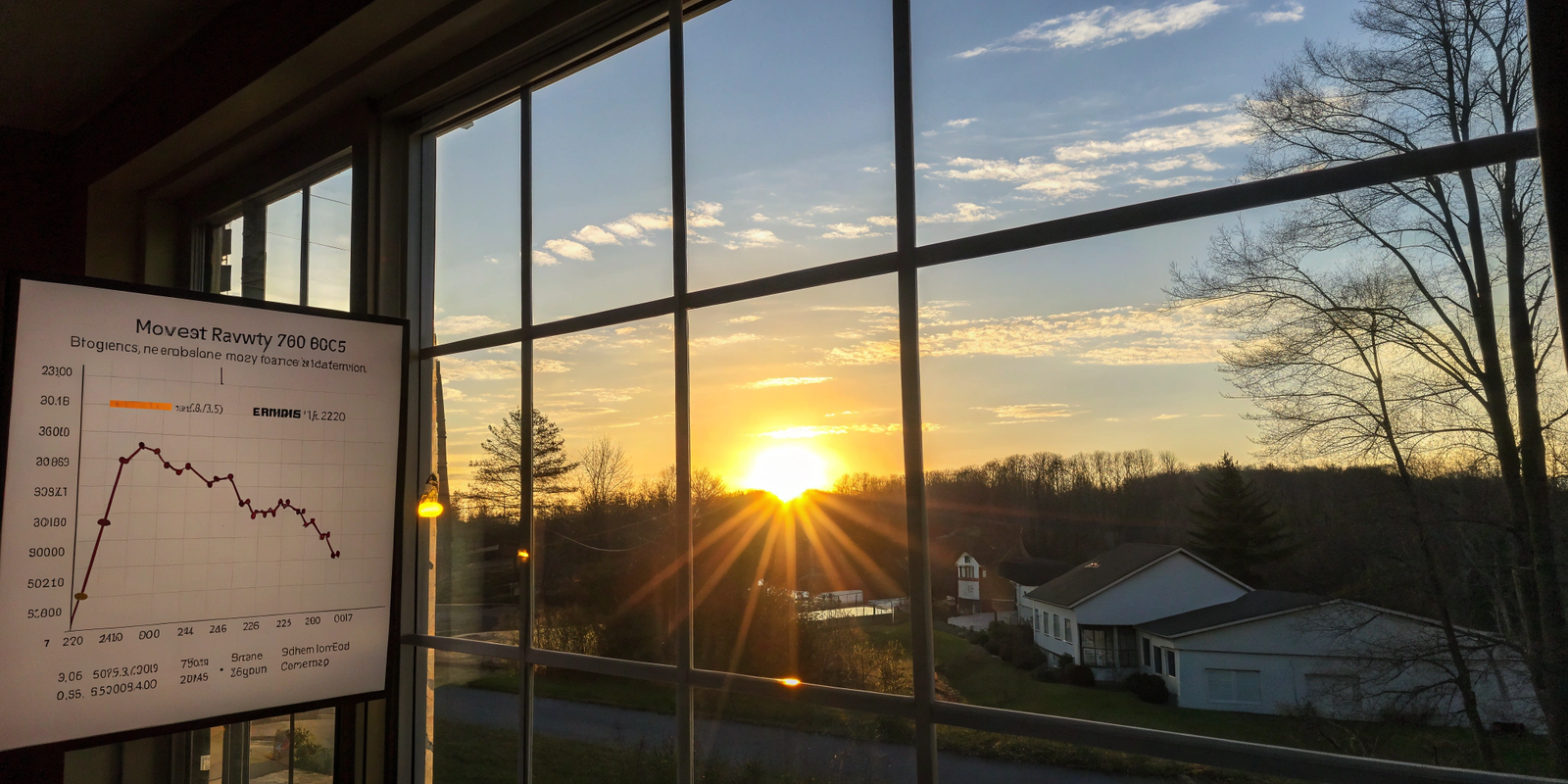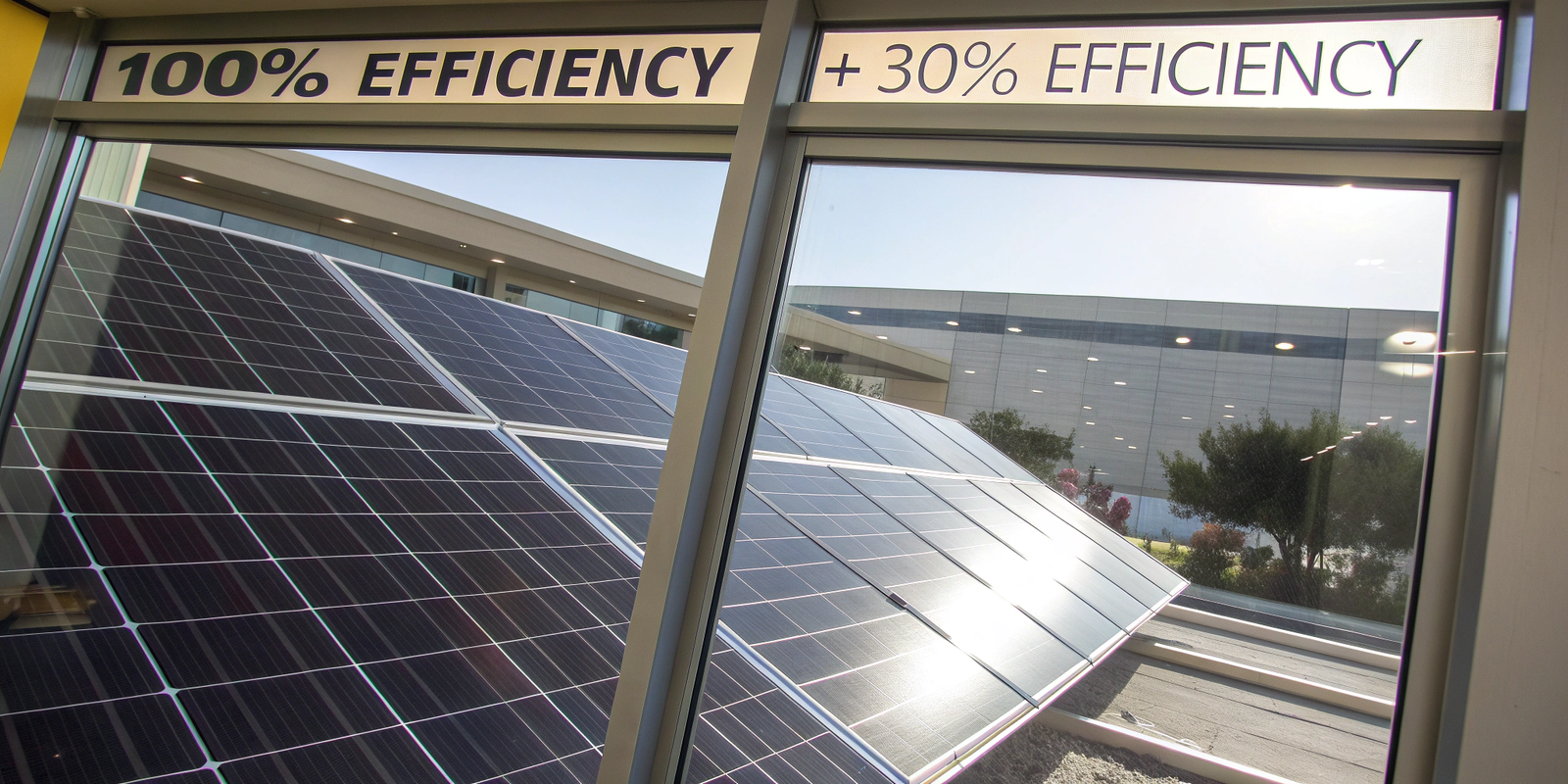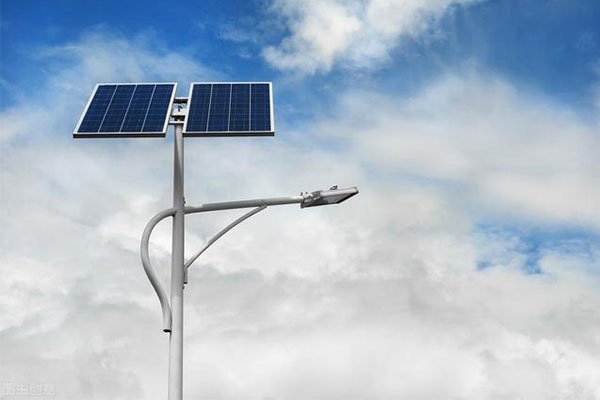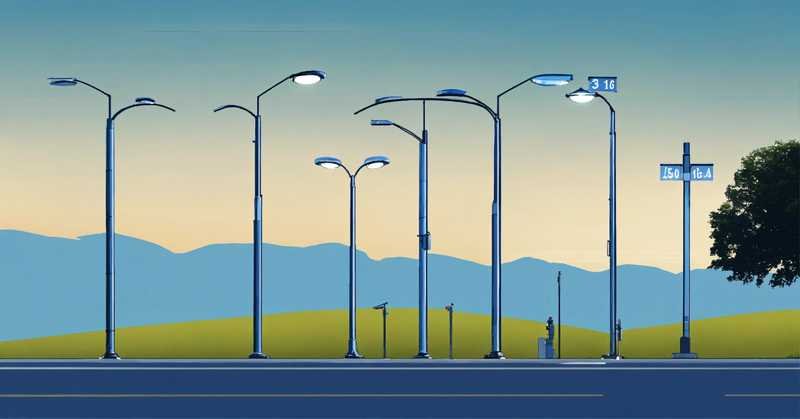Can you put a solar panel behind a window and still generate power? It depends on the glass—and your expectations.
Yes, solar panels can work behind glass, but they generate 30–50% less power due to light transmission loss and reflection. Amorphous silicon panels perform best in these conditions.
Whether you're thinking about indoor charging, car windows, or smart building design, it’s important to know how glass impacts performance—and which panel types can still deliver results.
How Solar Panels Collect Energy?
All solar panels use photovoltaic (PV) cells to convert light into electricity. Here's what matters most for efficiency:
- Light spectrum: PV cells convert a wide range of light wavelengths, including visible and infrared
- Sunlight intensity: More light = more energy
- Angle of incidence: The straighter the light hits, the better the panel performs
Crystalline silicon panels, the most common type, work best with direct, unfiltered sunlight. When light is filtered through glass, especially tinted or coated glass, power output drops sharply.
What Happens When Solar Panels Are Behind Glass?
Placing a solar panel behind glass—like a house window or car windshield—creates two main problems:

- Even clear glass blocks 8–10% of sunlight
- Low-E coatings, tinting, or double glazing block even more—especially infrared, which is essential for crystalline silicon
- That means less energy reaches the panel
Reflection Loss at Angles:
- Light hitting glass at a shallow angle reflects off the surface instead of passing through
- As the sun moves across the sky, the angle increases, and more energy is reflected away
- This is especially problematic in early morning, late afternoon, or with fixed indoor setups
So while you can generate power through glass, the setup needs to be efficient—and expectations need to be realistic.
Best Solar Technology for Behind-Glass Performance?
Not all solar panels respond the same behind glass. Here's how the most common types compare:
| Technology | Light Sensitivity Range | Behind-Glass Efficiency | Notes |
|---|---|---|---|
| Amorphous Silicon | 400–700 nm (visible) | ✅ Best option | Captures diffused and visible light well |
| Crystalline Silicon | 800–1200 nm (IR) | ❌ Poor performance | Needs full-spectrum, direct light |
| CIGS / Perovskites | Mixed spectrum | ⚠️ Moderate | Varies based on coating/glass type |
✅ Amorphous silicon is ideal for indoor or behind-glass use because it performs better with visible light, which passes through glass more easily than infrared.
Real-World Scenarios: Building Windows vs. Vehicle Glass?
Where you place the panel matters just as much as what kind you use.

In Buildings
- East-facing windows: Good in the morning, weak in the afternoon
- North-facing (or south in Southern Hemisphere): Only receives diffuse light—expect 7–15% of normal output
- Low-E or double-glazed windows: Can cut efficiency by 50% or more
In Vehicles
- Windshield-mounted panels: Lose 30–40% efficiency
- Sunroof panels (with tinting): Can drop below 8% efficiency
- Best option: Mount the panel outside the car—on the roof, hood, or trailer
Overall, behind-glass solar is only practical for low-power devices, like trickle charging, sensors, or indoor lighting.
Common Misconceptions
Let’s clear up a few common myths:
❌ “Light is light—solar works through any glass.”
➡️ Not true. Glass reduces specific wavelengths like infrared. Intensity and spectrum matter.❌ “Any solar panel will work fine behind a window.”
➡️ Crystalline silicon panels lose significant power. Use amorphous silicon for better results indoors.❌ “You can charge solar panels with artificial indoor lights.”
➡️ Regular indoor lighting is far too weak for most solar panels to charge meaningfully.
Conclusion: Can You Use Solar Panels Behind Glass?
Yes—but expect a performance drop of 30–50% or more, depending on the panel type and glass.

If you’re trying to power small devices indoors, amorphous silicon panels are your best bet. For larger energy needs, use outdoor or directly exposed panels whenever possible.
Glass adds a layer of energy loss you can’t ignore—so plan accordingly.
👉 Practical Tip:
In low-light or behind-glass scenarios, use larger panels than you think you need, and always choose the right type for the environment.
FAQ
Can solar panels generate power through a window?
Yes, but they lose 30–50% of efficiency. Clear glass is better than tinted or coated varieties.
Which solar panels work best behind glass?
Amorphous silicon panels perform best because they collect visible light, which passes through glass more easily than infrared.
How much power is lost behind tinted windows?
Tints can reduce energy input by up to 90%, depending on the coating and angle of light.
Can you charge a solar panel indoors?
Yes, with strong ambient light and the right panel type, but it’s not efficient for high-power applications.
Do Low-E windows block solar panel charging?
Yes. Low-E coatings reflect infrared light and significantly reduce solar charging efficiency.







